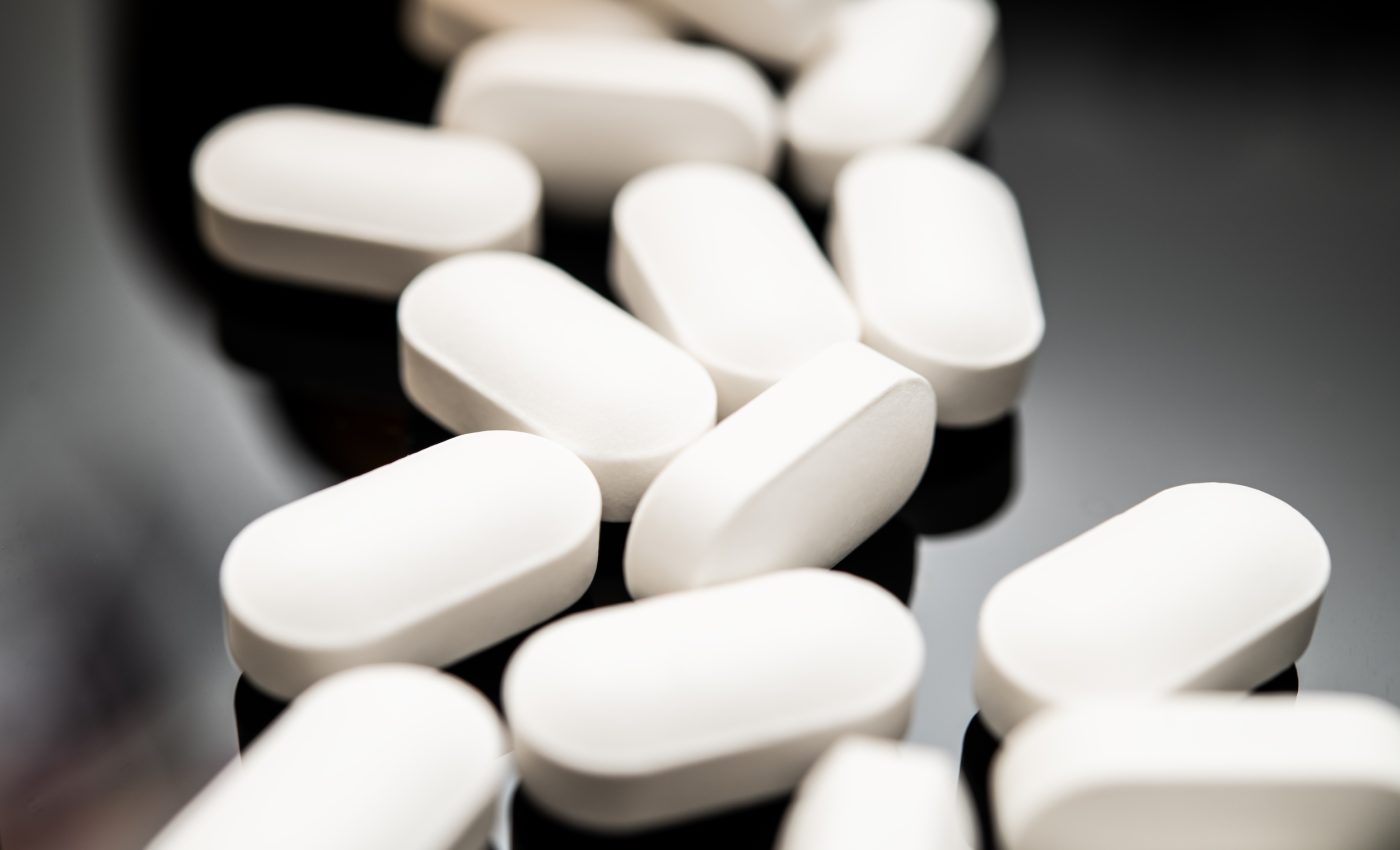
Finding joy again: New therapy eases opioid cravings
For people struggling with opioid addiction, the ability to enjoy life’s simple pleasures – such as the sound of laughter, the warmth of the sun, or the sight of a smiling baby – can slowly fade. Cravings for opioids can be eased due to a new form of therapy.
This emotional numbness is one of addiction’s cruelest effects, often pushing people deeper into dependence in a desperate attempt to feel something again. But now, there’s a new kind of therapy that appears to help.
Opioid recovery boosted by new therapy
In a new study, researchers from the University of California San Diego explored a treatment called Mindfulness-Oriented Recovery Enhancement, or MORE. This therapy is designed to change how the brain processes pleasure.
The team found that it not only improves mood and emotional awareness, but also helps reduce opioid cravings. The findings, published in the Journal of the American Medical Association, add to growing evidence that MORE may be an effective tool in the fight against opioid use disorder (OUD).
How pain treatment fuels opioid use
Every year, millions of people are prescribed opioids to help manage chronic pain. But for some, what begins as a treatment can spiral into dependency.
As the body builds tolerance, individuals often need higher doses to feel the same relief. Over time, their ability to feel joy in everyday life begins to disappear. This emotional flattening becomes a powerful driver of addiction.
The researchers explain that MORE offers a different approach. Developed by a professor of psychiatry at UC San Diego School of Medicine, this therapy blends mindfulness training, cognitive behavioral techniques, and positive psychology.
The goal is to help people better manage their cravings, reduce their pain, and, perhaps most importantly, rediscover joy.
Opioids reshape brain activity patterns
In the study, 160 participants with chronic pain – some with OUD and some without – were enrolled from primary care and pain clinics. They were asked to complete a task designed to measure their emotional response to positive imagery.
These included pictures of things such as sunsets, puppies, or happy faces. They also filled out surveys tracking their cravings and emotional states.
For a subset of these participants who were at risk of misusing opioids, the researchers randomly assigned them to one of two groups.
One group received eight weeks of one-on-one MORE therapy. The other participated in a standard supportive group therapy. Afterward, all of the participants repeated the emotional task and filled out follow-up surveys for up to three months.
Restoring the capacity to feel pleasure
The results were telling. People with OUD showed a much weaker response in the brain when looking at pleasant images. This blunted reaction was directly tied to stronger opioid cravings.
However, those who went through the MORE program experienced a shift. Their brains responded more strongly to positive stimuli – and their cravings were cut in half compared to those in standard therapy.
“Opioid addiction decreases the brain’s ability to experience natural healthy pleasure, driving increased cravings for the drug,” said Eric Garland, the study’s lead author. “Our research shows that MORE helps restore this capacity, reducing cravings and potentially preventing opioid misuse.”
The power of one-on-one therapy
This isn’t the first time the therapy has shown promise. Over the past two decades, MORE has been tested in more than 10 randomized clinical trials, involving over 1,000 participants.
In a 2022 study of 250 patients, the therapy reduced opioid misuse by 45% at a nine-month follow-up – almost three times more effective than group therapy alone. Half of the patients also reported less chronic pain.
In 2023, another study found that when MORE was added to standard addiction care, the relapse rate dropped by 42%, and treatment dropout was 59% lower compared to standard care alone.
The therapy has also gained attention for its potential economic impact. Backed by the National Institutes of Health, Garland’s research estimates that for every dollar spent on MORE, there’s an estimated $798 in cost savings.
These savings come from fewer fatal overdoses, lower healthcare expenses, less criminal justice involvement, and improved work productivity. Over a lifetime, the benefit per person treated is projected to exceed $320,000.
MORE therapy helps alleviate opioid cravings
While the findings are promising, the researchers say more work is needed. “This study is a crucial step, but we need more large-scale and long-term research to fully understand how treatments like MORE can help heal the brain to enhance recovery from opioid addiction,” noted Garland.
“Multiple rigorous, well-controlled clinical trials have demonstrated the efficacy of the MORE therapy. It is now the right moment to partner with policymakers, healthcare organizations and administrators of the opioid legal settlement to disseminate this evidence-based treatment nationwide to help alleviate the opioid crisis.”
As the opioid epidemic continues to affect families across the country, therapies like MORE offer a fresh and much-needed approach – one that doesn’t just target the symptoms, but helps people reconnect with the joy of living.
The full study was published in the journal JAMA.
—–
Like what you read? Subscribe to our newsletter for engaging articles, exclusive content, and the latest updates.
Check us out on EarthSnap, a free app brought to you by Eric Ralls and Earth.com.
—–













